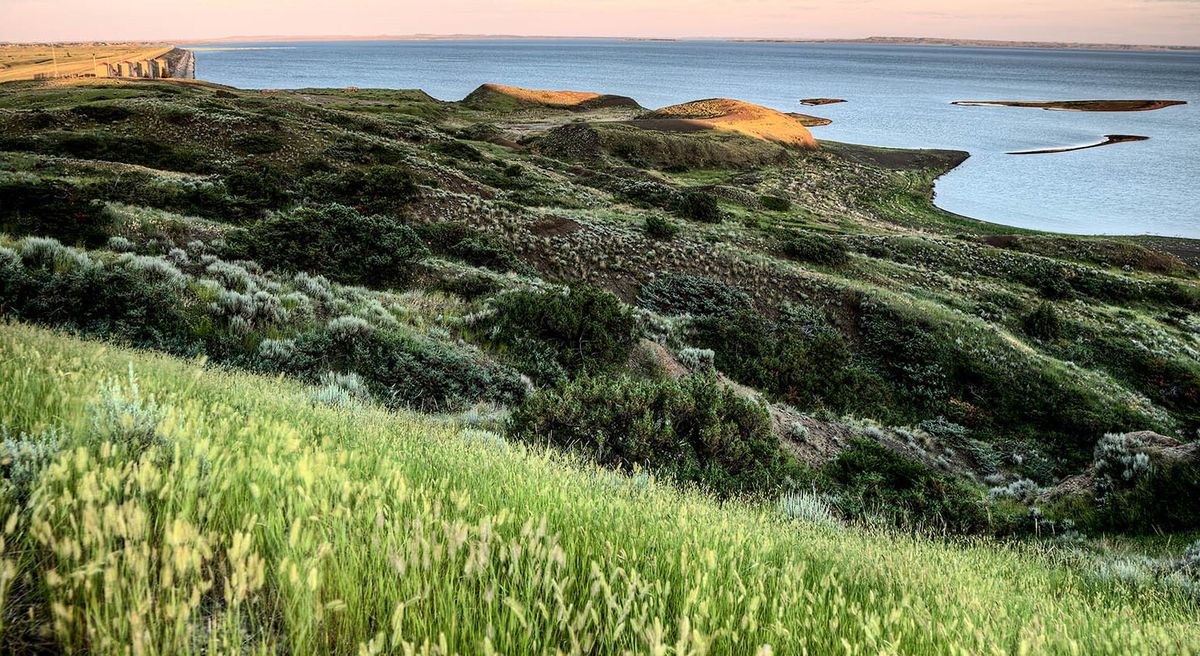Lost Trading Posts Of Montana’s Fort Peck

Have you ever wondered about the lost trading posts of Montana's Fort Peck? These hidden gems hold stories of adventure, trade, and the rugged spirit of the Old West. Fort Peck, located in northeastern Montana, was once a bustling hub for fur traders, explorers, and Native American tribes. The trading posts here served as vital links in the vast network of commerce and culture that spanned the region. Today, these sites offer a fascinating glimpse into the past, where you can imagine the lively exchanges of goods and tales. Exploring these historic spots is like stepping back in time, where the echoes of history whisper through the prairie winds. Whether you're a history buff or just curious about the past, the lost trading posts of Fort Peck promise an intriguing journey into Montana's rich heritage.
Discovering the Lost Trading Posts of Montana's Fort Peck
Montana's Fort Peck region holds secrets of the past, hidden in its vast landscapes. Once bustling with trade and activity, these trading posts now whisper stories of bygone days. Let's uncover some of these forgotten places.
1. Fort Union Trading Post
Fort Union was a major hub for fur trading in the 19th century. Located near the confluence of the Missouri and Yellowstone Rivers, it was a meeting point for various Native American tribes and European traders. Today, it stands as a reminder of the vibrant trade that once flourished here.
2. Fort Benton
Known as the "Birthplace of Montana," Fort Benton was a key trading post along the Missouri River. It played a crucial role in the fur trade and later became a gateway for settlers moving west. The remnants of this post offer a glimpse into the early days of Montana's development.
3. Fort Peck Agency
Situated near the present-day Fort Peck Dam, this agency was established to manage relations between the U.S. government and the Assiniboine and Sioux tribes. While not a trading post in the traditional sense, it was a center of interaction and exchange, shaping the region's history.
4. Fort Assiniboine
Built to protect settlers and maintain peace with Native American tribes, Fort Assiniboine was one of the largest military posts in the United States. Though primarily a military installation, it facilitated trade and communication in the area, leaving a lasting impact on Montana's history.
5. Fort Hawley
Located on the Missouri River, Fort Hawley was a short-lived trading post that served as a supply point for steamboats and traders. Its strategic location made it a vital link in the trade network, though it eventually faded into obscurity as other routes gained prominence.
6. Fort Peck Trading Post
This post was established to support the construction of the Fort Peck Dam in the 1930s. It provided goods and services to workers and their families, contributing to the development of the surrounding area. While not as old as other posts, it played a significant role during a pivotal time in Montana's history.
7. Fort Maginnis
Fort Maginnis was a military post that also served as a trading center for nearby settlers and Native American tribes. Its presence helped maintain peace and order in the region, facilitating trade and communication between diverse groups. Though abandoned, its legacy endures in the stories of those who lived and traded there.
Discovering Montana's Hidden History
Montana's Fort Peck region holds a captivating history with its lost trading posts. These posts were once bustling hubs of commerce and culture, connecting diverse communities. Exploring these sites offers a glimpse into the past, revealing stories of traders, Native American tribes, and pioneers who shaped the area. While many of these posts have vanished, their legacy endures in the landscape and local lore. Visiting Fort Peck today, you can still sense the echoes of history in the rolling plains and riverbanks. Whether you're a history buff or just curious, this region invites you to step back in time and imagine the vibrant life that once thrived here. As you wander through this historic land, remember the resilience and spirit of those who came before, leaving an indelible mark on Montana's rich tapestry.

